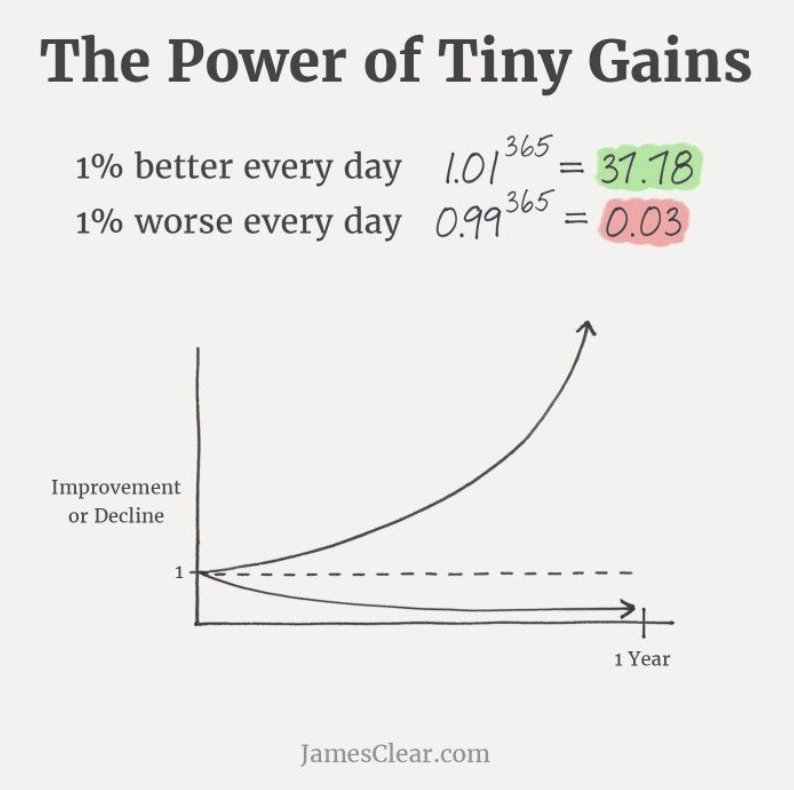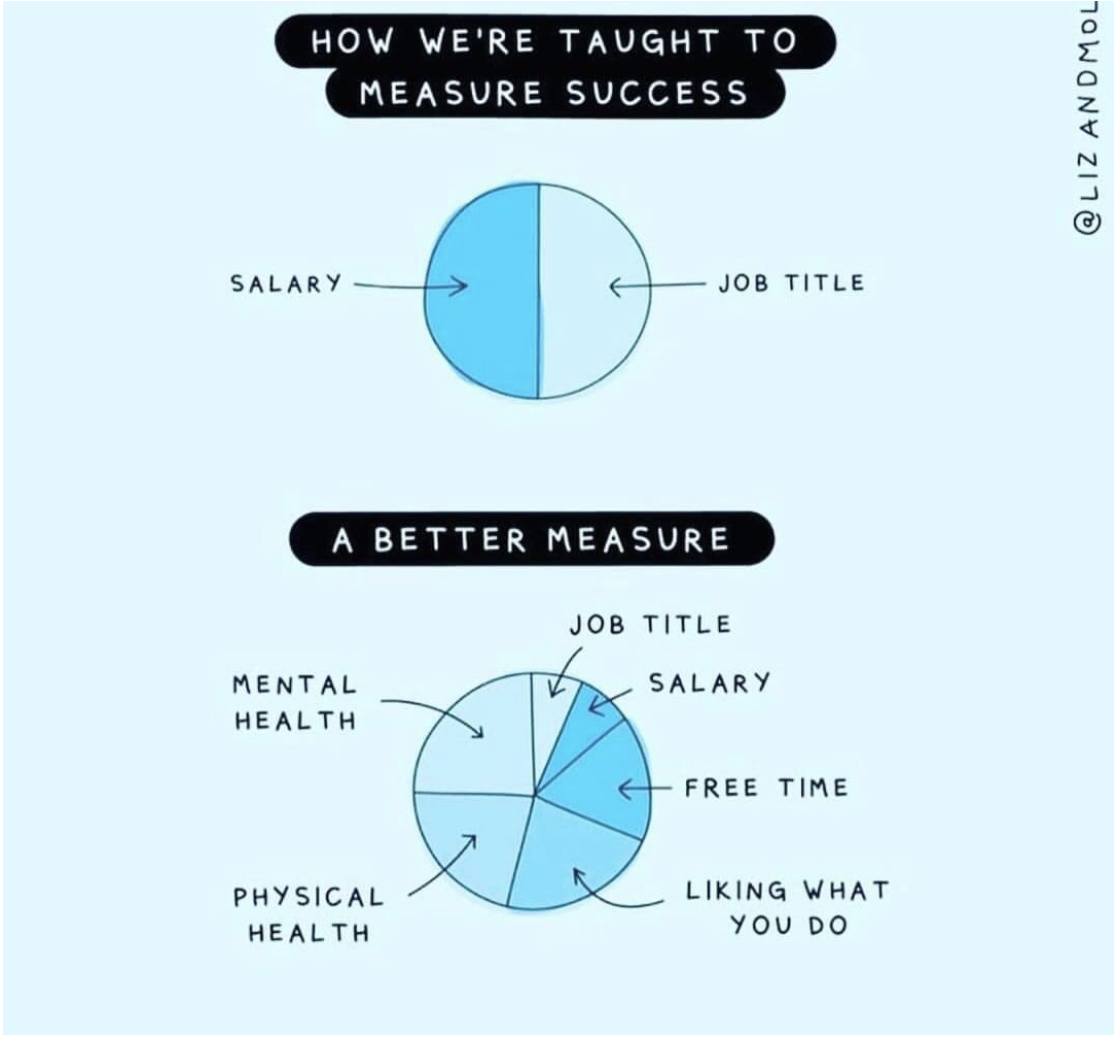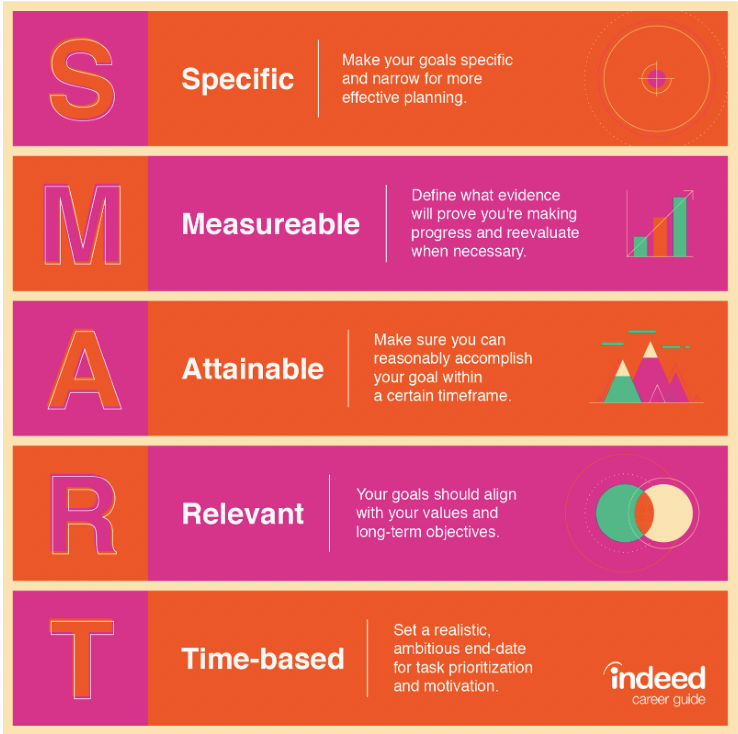The Magic of MVPs: Minimum Viable Priorities
May 10, 2022
When you read “MVP”, what comes to mind?
If you’re a big sports fan, maybe it’s “Most Valuable Player”, an honor given to one single player for displaying “game changing excellence”.
For those in the tech world, MVP might stand for “Minimum Viable Product”, a concept first discussed in 2009’s Lean Startups:
Minimum Viable Product: that version of a new product which allows a team to collect the maximum amount of validated learning (...) with the least effort. (source)
In other words, the MVP is the core set of features and functionalities that are essential for a product to be deemed suitable for a first launch, that will allow the most learning for as little investment as possible.
We want to introduce a new definition of MVP: Minimum Viable Priorities.
Minimum Viable Priorities are the clear expression of the essential elements that make your life feel successful, rewarding and worthwhile.
They represent the minimum amount that you commit to doing, consistently, that you’ll celebrate as a success.
They are a powerful tool in combating overwhelm, and the ballooning expectations and responsibilities so many of us face. MVPs are an intentional practice in clearly defining what matters, and what is “enough”. They are also an act of self compassion, by creating expectations that are manageable and realistic.
So much of our goal setting tends to be of the aspirational, stretch-goal variety. It can be exhausting. What would it look like to set minimums instead of always aspiring to bold expectations? How might that be freeing? What space could that create in your life?
What’s an example of a Minimum Viable Priority
Say one of the things you deeply value is spending time with your family. Super, but also really vague. How much is enough? When do you call this a success? How do you prioritize when something comes up that impedes on some, but not all of your family time? Is that ok?
This is where MVPs get really helpful. An example of a Minimum Viable Priority in this context would be “I will have a device-free sit down dinner as a family at least 5x a week.”
This is a specific, achievable expectation. It’s measurable. It’s clear what’s considered “enough”. It is also a helpful tool for decision making. If this is your MVP and an urgent work matter comes up, perhaps you pick it up after dinner so you can still nail your MVP.
Why Minimum Viable Priorities
It turns out that consistent action over long periods usually pays off more than inconsistent grand actions. James Clear has some really illuminating work on this topic in his masterpiece Atomic Habits. The cumulative power of 1% gains vs. 1% reductions over time shows us how significant small actions often repeated can be.

Source: JamesClear.com
Minimum Viable Priorities allows you to clarify what consistent set of actions are important to you so you can effectively prioritize them. Consistent small actions pay off massively over time.
Where are Minimum Viable Priorities Useful
Minimum Viable Priorities are helpful in any sphere of life that matters to you. Examples of categories where we’ve seen MVPs applied include:
- Physical wellbeing (exercise, nutrition, chronic condition management)
- Mental wellbeing (contemplation, mental health management)
- Social & Family goals (friendship & family time)
- Professional goals (setting daily goals)
- Personal development goals (reading, completing a course)

Source twitter @Lizandmol
How to develop your MVPs
Developing MVPs is pretty simple, we’ve laid out a four step process below. You can also check out this awesome free downloadable guide that will take you through the step by step process, and includes a number of additional examples for you to reference.
1. Choose your MVP category(ies)
First, determine what categories are essential to your life, your happiness and your wellbeing. If you need inspiration, check out the categories listed in the "Where are Minimum Viable Priorities Useful" section above. It’s a good place to start to choose one to three categories (don’t try to do it all at once!), and create one single MVP for each of them. When you’ve got a rhythm and are nailing your MVPs, feel free to introduce more.
2. Define SMART MVPs for each category
Get crystal clear and concrete about your Minimum Viable Priority for each category. What will you do? How long will you do it for? Where will you do it? SMART priorities are:
- Specific
- Measurable
- Attainable
- Relevant
- Time-based

Source: Indeed.com
We like to use the MVP formula that puts this into practice. The basic formula looks like this:
I will [Priority specific activity] at least [duration or repetitions] every [frequency] at [location] I will do this [time].
Here’s an example of a general expectation translated into a MVP:
|
Nonspecific example |
I want to exercise more. |
|
Aspirational example |
I want to do at least 30 minutes of cardio 3 days a week, and strength train at least 3 days a week. |
|
MVP example |
I will complete a bodyweight strength circuit for 15 minutes at least 5 days every week. I will do this at 5pm.. |
We included the aspirational example here for reference, because it's a common pitfall to make the goals aspirational, rather than minimum. The goal here is MVPs.
The guide includes a bunch more examples of MVPs and some detailed worksheets to help you develop your own.
3. BONUS: Add a contingency
Because the MVP formula includes some specific elements about when/where the MVP will be completed, it might be helpful to introduce a contingency plan. There’s some good research that shows that anticipating obstacles and preparing how you plan to overcome them helps you stick to habits more effectively.
An example of the contingency for the example we used in the prior section would be:
- I will complete a bodyweight strength circuit for 15 minutes at least 5 days every week. I will do this at 5pm. If I miss this, my backup will be to do 25 squats, lunges, jumping jacks and pushups before I brush my teeth in my bathroom.
4. Gut Check
Now that you’ve defined your MVPs, it’s time to gut check that they are in fact Minimum Viable Priorities (and not aspirations). Look at your MVPs individually, as well as collectively:
- Are they reasonable? Are your MVPs something you can easily and consistently do?
- Does that math work? Do these MVPs fit into your actual daily life? If your MVPs require a complete overhaul of how you live your life, rethink them.
- Gut check the last 5 days, would your MVPs have been viable? Looking at the last several days, is it obvious and clear where and when you would have completed your MVPs? Would it have been possible for you to be consistently successful? If the answer is no, rethink them.
- What would have needed to be different? What changes would need to happen for you to have been successful in your MVPs? Are those changes realistic? Easy?
MVPs should be super achievable. You’re looking for a set of behaviors that have little to no friction to execution. When you look at your MVPs, you should think “Yeah I can totally do this!!”. If that’s not the case, rethink them.
The takeaway
MVPs can be an absolute game changer in how you approach your priorities and your life. They are a practical application of the concept of “less, but more often”. Over time, consistency in MVPs can make a huge difference!
Make sure you check out the guide, and if you found this helpful, please share!
Want a nudge to be more mindful? Grab the Mindful in 5 Phone Wallpaper!
Never miss a post!
Get notified anytime we have something new.
We hate SPAM. We will never sell your information, for any reason.

